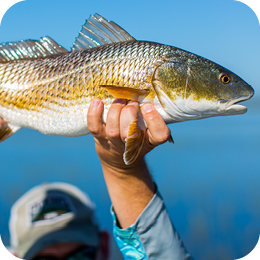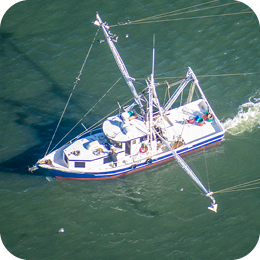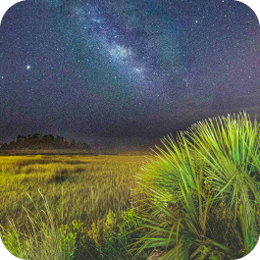
The Age and Growth Laboratory at the Coastal Resources Division offices in Brunswick is where CRD scientists collect important data about marine fish species.
Marine biologists and technicians regularly collect fish carcasses donated by anglers who place the carcasses in freezers across the coast as part of the Marine Sportfish Carcass Recovery Program. CRD staff then remove a small bone in the fish's head called an "otolith," also sometimes called an "ear bone" or "ear stone."
Otoliths are used by the fish for orientation and to maintain balance, acting a lot like our middle ear, and are composed of calcium carbonate. Every year a layer of material is deposited. This process results in annual bands (i.e., annuli) forming on the otolith like the rings in a tree. The otoliths among species vary in shapes and sizes. Some otoliths are large and chunky like those found in red drum and black drum while others are thin and fragile like the ones found in southern flounder and sheepshead.
Biologists also measure the length of the fish carcass, record its species and sex. After the otoliths are removed, they are cleaned and dried before they are stored. Later, a thin section is cut from the otolith using a Buehler low-speed Isomet saw with two diamond wafering blades and a spacer. A section is made through the core yielding a clear view of annuli formed in the otoliths.
By knowing the age of fish scientists can determine the age composition of the catch, age-at-maturity, age at capture in the fishery, and the maximum age that fish species lives. This yields information on the health of fish populations and the sustainability of the fisheries.
Some of the fish aged include: spotted seatrout, red drum, southern kingfish (whiting), Atlantic croaker, tripletail, sheepshead, and southern flounder.
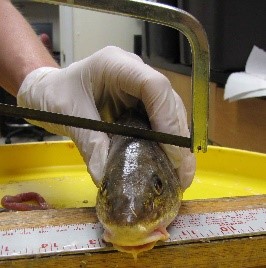
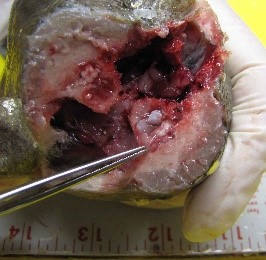
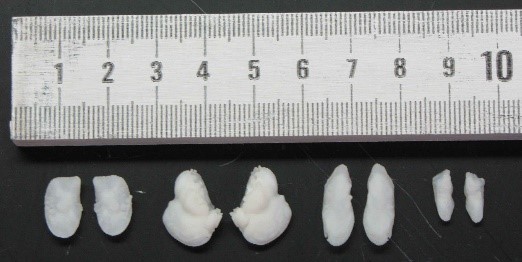
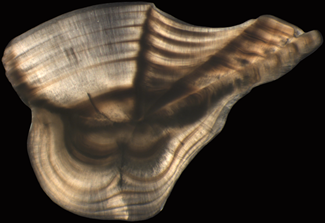
 An official website of the State of Georgia.
An official website of the State of Georgia.



